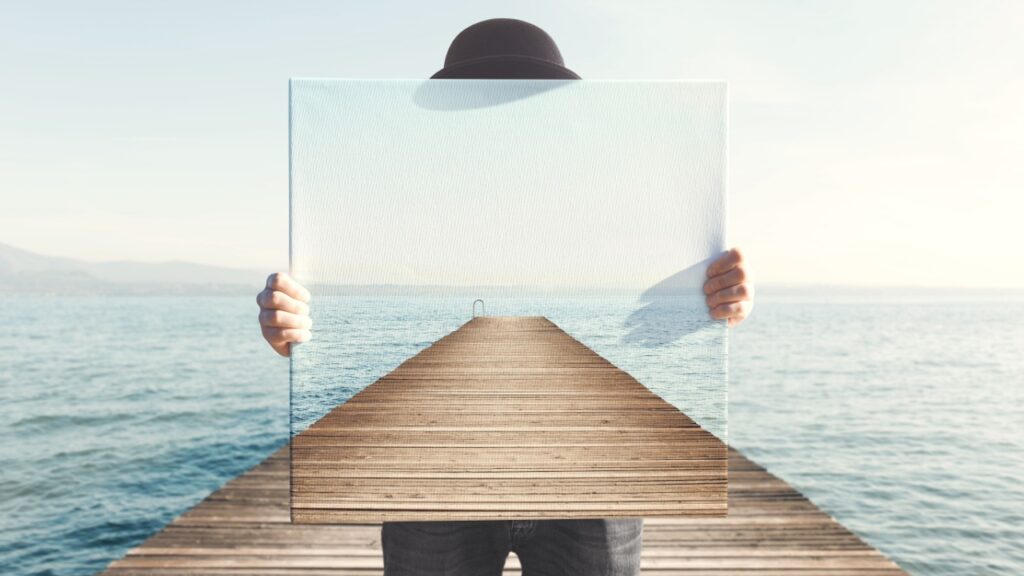
Optical illusions are images that deceive both our eyes and brain, causing us to perceive something that is not actually there. They are often created by manipulating the visual cues that our brain relies on to interpret the world around us. Optical illusions can be static or dynamic, and they can be classified into different categories based on the type of visual distortion they create.
Note: Some of the links below are affiliate links. This means that we earn an affiliate commission if you click through the link and finalize a purchase, at zero cost to you.
Understanding Optical Illusions
Perception and the Brain’s Role
Our perception of optical illusions is influenced by how our brain processes visual information. When we look at an image, our brain tries to make sense of it by relying on our past experiences and knowledge of the world. However, when we encounter an optical illusion, our brain is presented with conflicting information, which can cause it to make errors in its interpretation.
Types of Optical Illusions
There are several types of optical illusions, including geometrical illusions, ambiguous illusions, and physiological illusions. Geometrical illusions are created by manipulating the shapes and angles in an image, while ambiguous illusions can be interpreted in multiple ways. Physiological illusions, on the other hand, are caused by the way our eyes and brain process visual information.
Overall, understanding how optical illusions work can offer insights into how our brain processes visual information and perceives the world around us. By studying optical illusions, scientists can gain a better understanding of how the brain works and how we perceive the world around us.
Famous Optical Illusions Explained
The Müller-Lyer Illusion
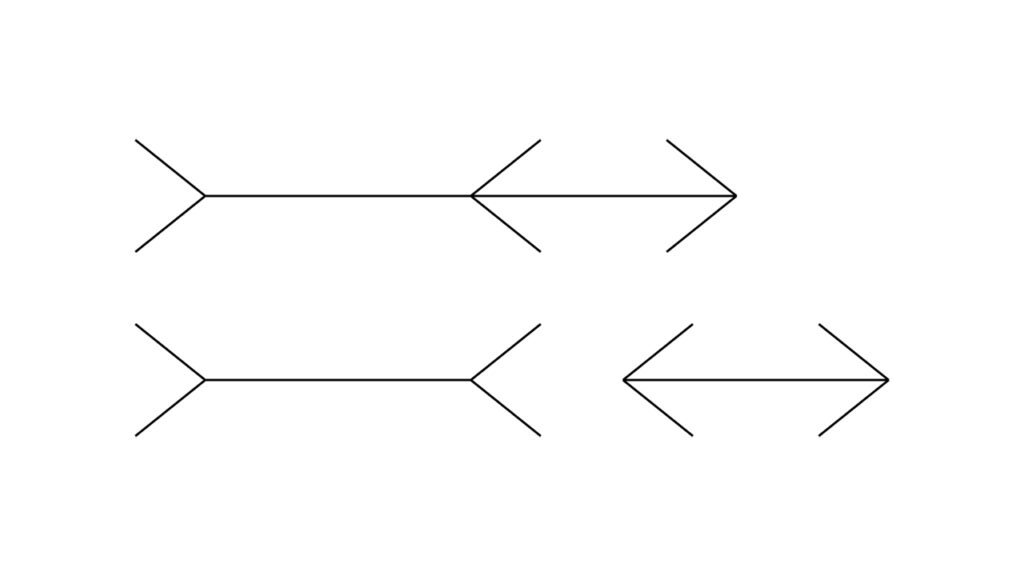
The Müller-Lyer Illusion is a classic example of a visual illusion that involves the perception of line length. It consists of two lines of equal length with different arrowheads at the ends. One arrowhead is pointed inward, and the other is pointed outward. Despite the lines being of equal length, most people perceive the line with the outward-pointing arrowheads as being longer than the one with the inward-pointing arrowheads.
The Kanizsa Triangle
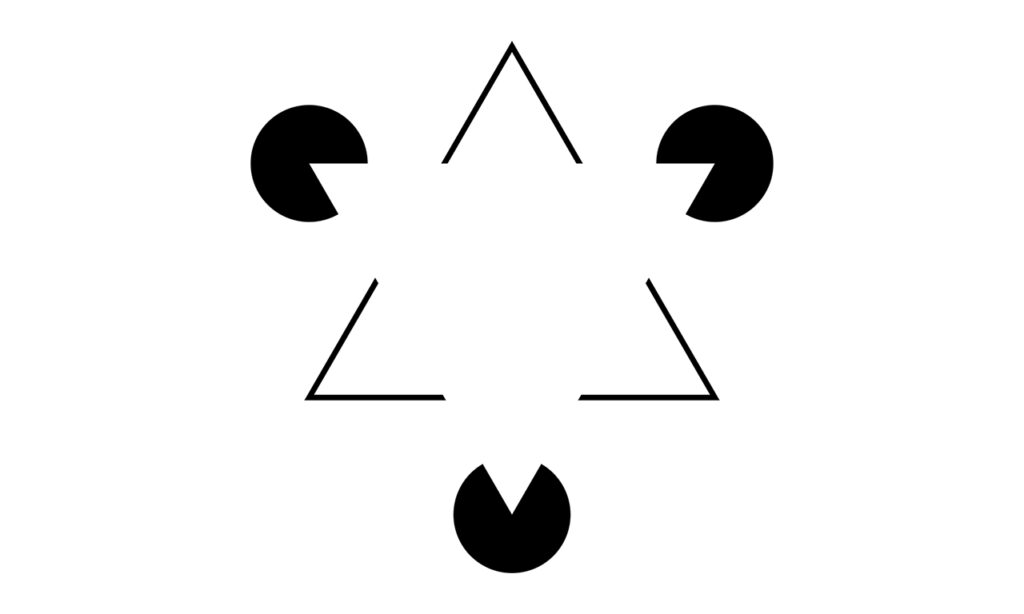
The Kanizsa Triangle is an illusion that involves the perception of a triangle that is not actually present. It consists of three Pac-Man-like shapes arranged in a way that suggests the presence of a triangle. Even though there are no lines connecting the shapes to form a triangle, most people perceive the presence of a white triangle against a black background.
The Ponzo Illusion
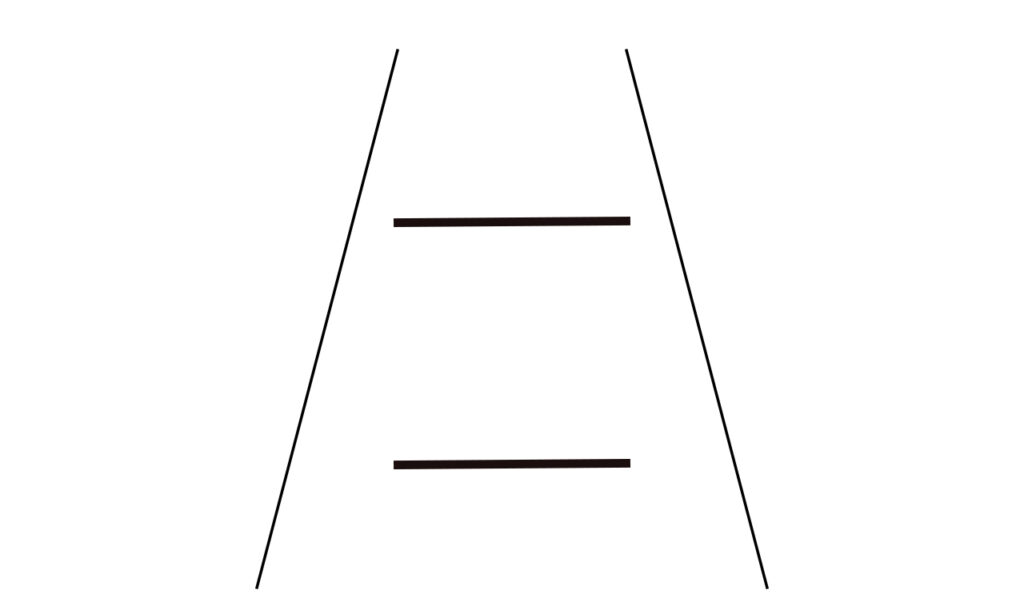
The Ponzo Illusion is an illusion that involves the perception of size and distance. It consists of two lines of equal length, one placed on top of a converging set of lines and the other on top of a diverging set of lines. Despite the lines being of equal length, most people perceive the line on top of the converging set of lines as being longer than the one on top of the diverging set of lines.
The Ames Room
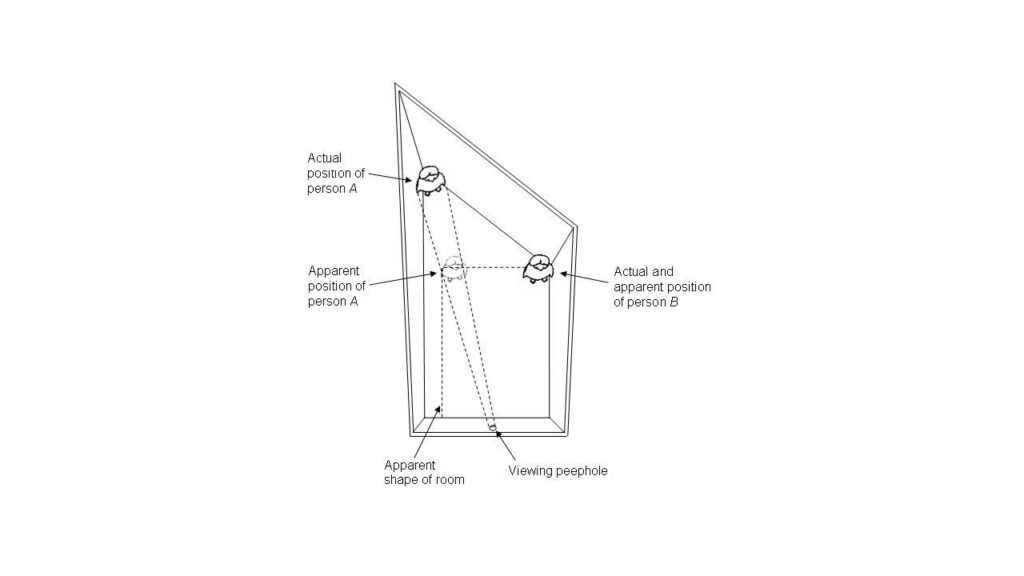
The Ames Room is an illusion involving the perception of size and distance. It consists of a trapezoidal room designed to look like a rectangular room when viewed from one specific angle. From this angle, one person appears to be much larger or smaller than the other person in the room.
The Ebbinghaus Illusion
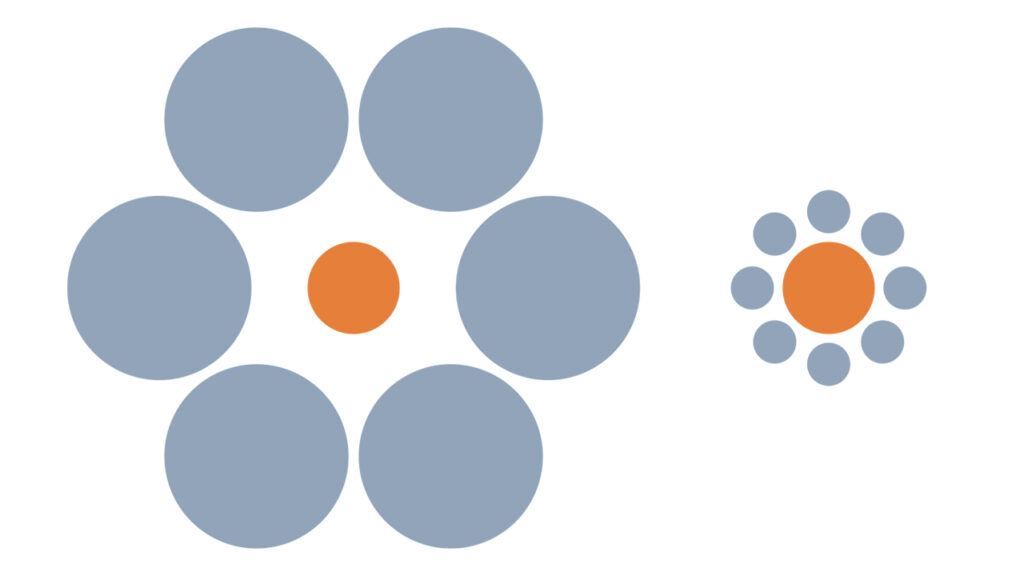
The Ebbinghaus Illusion is an illusion that involves the perception of size. It consists of two circles of equal size, one surrounded by smaller circles and the other surrounded by larger circles. Despite the circles being of equal size, most people perceive the circle surrounded by smaller circles as being smaller than the one surrounded by larger circles.
The Rubin Vase
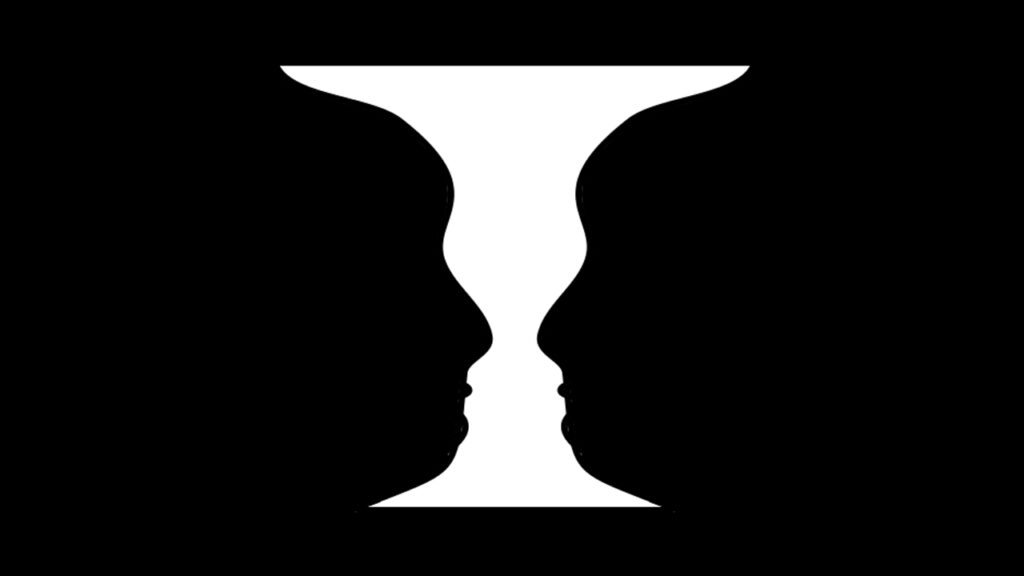
The Rubin Vase is an illusion involving the perception of figure-ground relationships. It consists of a black-and-white image that can be perceived as either a vase or two faces in profile. Even though the image is the same, most people can only perceive one interpretation at a time.
The Science of Visual Perception
Neurological Processes in Seeing Illusions
Seeing something involves a lot of steps in the brain. When we look at something, the eye’s retina picks up the image and sends it to the brain through a nerve. The brain then figures out what the image is and shows it to us as what we think we’re seeing. But sometimes, this process isn’t perfect, and we get tricked by optical illusions. This happens when the brain gets mixed up about the signals it’s getting.
Cognitive Illusions and Mental Hypotheses
Our brains sometimes trick us into seeing things that aren’t really there or thinking two things are different when they’re actually the same. This can happen when our brain tries to guess or fill in gaps based on the little information it has. For instance, in the Muller-Lyer illusion, we see two lines that look like different lengths because of arrows on their ends, but they’re actually the same length. Our brain just thinks they’re different. Another example is the Kanizsa triangle, where we think we see a triangle, but there isn’t one. Our brain is just filling in the gaps to make a complete picture out of what it sees.
Adapting to Optical Illusions Over Time
Our brains can actually learn to see through optical illusions after a while. This learning process is called perceptual adaptation. It happens when our brain gets used to the weird signals coming from our eyes and starts to interpret the images more correctly. For instance, if we keep looking at the same trick image over and over, eventually, our brain figures it out, and the image doesn’t trick us anymore. This happens with different kinds of optical illusions, like ones where an image stays in your vision after you look away or where things seem to move, but they’re not.
The study of how we see things is really interesting and keeps showing us how complex our brains are. By learning more about how our brains work when we see, and how they handle optical illusions, we can better understand the amazing things our minds can do.
Ellen has been obsessed with logic puzzles, jigsaws, and cryptograms since she was a kid. After learning she was taught how to play chess wrong by a family friend (so they could win), she joined her school chess club and the rest is history.

